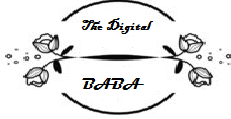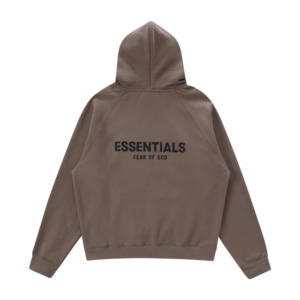
Figure out how to do the fishbone line. Nature has an approach to giving plans and subtleties that are so motivating to the accomplished embroiderer and novice the same. Fishbone line is one of those straightforward, however exceptionally viable join that catches the shape and sensitive type of leaves, feathers, and different pieces of an image; you might have to utilise a filling fastened with some surface and character.you can visit for here suit tailors
Fishbone Fasten Weaving
What Is The Fishbone Fasten Utilized For?
The most effective method to do Fishbone Fasten Weaving – Bit by bit
Fishbone Fasten Instructional exercise
The magnificence of the fishbone fasten is that it consequently makes an edge down the focal point of the plan that looks like the vein of a leaf or the focal point of a sensitive plume without adding that detail independently.
What Is The Fishbone Line Utilised For?
Fishbone weaving join is regularly utilized for leaves or comparative shapes where you need a thick look with surface.You can learn much more about topics here best suit tailors for mens in pune
Fishbone Line Leaf – Arrangement
Draw out your plan with a framework and a middle line to check the center of your sewing. I drew a leaf shape and denoted the center vein. The fishbone line is made between these focuses and when you get moving you will be stunned by the way in which it looks lovely.
Assuming you’re new to sewing weaving, read my article on the best way to weave.
Like most other weaving lines, this join is best finished in a loop or edge to hold the texture tight. The edge can be little and can be hauled around on a huge piece of texture.
I utilized 6 strand weaving floss for my examples. In the event that you need a superior look, you can utilize less strands. Clearly, it will take you longer to sew with more slender string yet weaving is a loosening up side interest so it might suit your understanding level.
Weaving needles ought to match the texture you’re utilising and the thickness of your string. Find out about every one of the various kinds of hand sewing needles.
Instructions To Do Fishbone Line Weaving – Bit By Bit
Bring your needle and string out at the point (1) close to the top edge of the plan. Point (1) lies straightforwardly on your middle line.
Put the needle through point (2) to make a short, straight join. Point (2) is situated at the finish of your plan.
Fishbone Line Stage 1
Carry the needle out near the principal cut at point (3) and along the layout.
Fishbone Fasten – Stage 2
Take the needle to one side of the middle line (4) and exit at (5) which is on the external line. The fasten focused outwardly line ought to be near one another to keep noticeable spaces from framing along the plan.
Fishbone Fasten – Stage 2
From this point forward you will sew to the left and right of the middle line and never straight across it. It frames a sharp edge in the middle.
Fishbone Fasten – Stage 2
Move the needle over to one side of the middle line. Enter at (6) and exit at (7) which is an outward line.
Fishbone Line Weaving Stage 4
You will perceive the way the middle fastens get over one another as you get the needle through.
Fishbone Fasten Weaving Step 4a
Fishbone Line – Stage 3
Rehash right down the leaf. Make sure to have a more extended string accessible as this plan utilises surprisingly strong strings.
Fishbone Line – Stage 4
Here is the full location.
Fishbone Join Variety Blossom
Fishbone join can be utilized for blossom petals with pointed closes. This is particularly great for bigger blossoms as it adds surface and shape to the petals along with lessening the gamble of getting long strands.
Open Fishbone Fasten
A more open look can be made by leaving a hole between each fastener. The open fishbone lines actually cross each other in the middle. The edges of the leaf can be left open or you can backstitch or tie join to frame the leaf.
Raised Fishbone Fasten
The raised fishbone sewing has a 3 layered and cushioned appearance when contrasted with the normal form.
Fishbone Fasten Choices
Fishbone (amazing coral salt florida) line is primarily used to make leaves and is perhaps of the most ideal choice in the event that you favor an extremely strong look. The covering place impersonates the veins of the leaves and is a genuinely practical portrayal. You can likewise utilize glossy silk join, despite the fact that it doesn’t have the surface and authenticity of fishbone line. Fly fasten can be utilized to create the veins of the leaves and backstitch can be utilized for the frame. Peruse more about weaving floss and other extraordinary choices. On the off chance that you’re searching for certain blossoms to add to your fishbone join leaves, read my article on weaving blossoms and weaving roses.
Fishbone Join Taking Everything Into Account
The varieties in fishbone fasten make it an extremely fascinating line and the loading up with regards to the join will continuously bring about a fascinating look. This is most certainly a line you will get snared on!! The stems in my example were finished with a basic chain line. Stem join and backstitch are likewise perfect for stems


